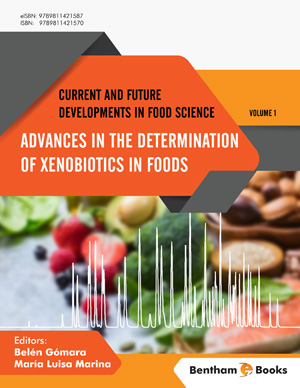Abstract
Polychlorinated dibenzo-p-dioxins (PCDDs), polychlorinated dibenzofurans (PCDFs) and polychlorinated biphenyls (PCBs) are major representatives of persistent organic pollutants. While PCDD/Fs are unwanted by-products, mainly from waste incineration and industrial processes, PCBs were manufactured and widely used as transformer oils until bans enter in force at the late ’70s. These compounds are highly toxic and can easily bioaccumulate and biomagnify throughout the food chain reaching the top living organisms, including human beings. Food is the main route of human exposure to PCDD/Fs and PCBs, with products from animal origin contributing largely to the dietary intake. In this sense, several contamination episodes involving feed and food products that occurred at the late ’90s led to the establishment of a European regulatory framework that aims to both, set maximum levels for these compounds in different food/feed categories and to lay down analytical methods for the determination of these compounds. In this work, an overview of the different chemical methodologies that have been applied during the last decades to the determination of PCDD/Fs and PCBs, more in particular dioxin-like PCBs, in food and feed samples is presented. Advances in extraction and purification steps are described, but special attention is given to the evaluation of several mass spectrometric techniques in comparison to gas chromatography coupled to high-resolution mass spectrometry (GC-HRMS), which has traditionally been the unique confirmatory technique until recently.
Keywords:
Clean-up, Dioxin-like PCBs, EU regulations, Extraction, Feed, Food, GC-HRMS, GC-MS/MS, Ion trap, Mass spectrometry, PCBs, PCDDs, PCDFs, Triple quadrupole.

